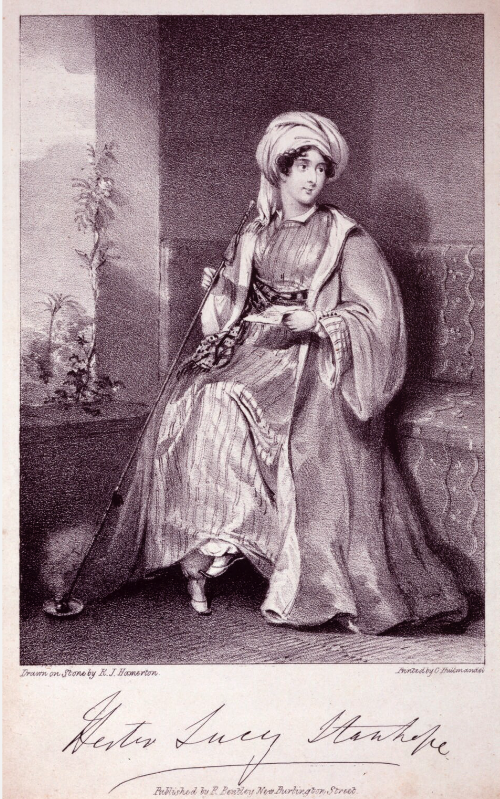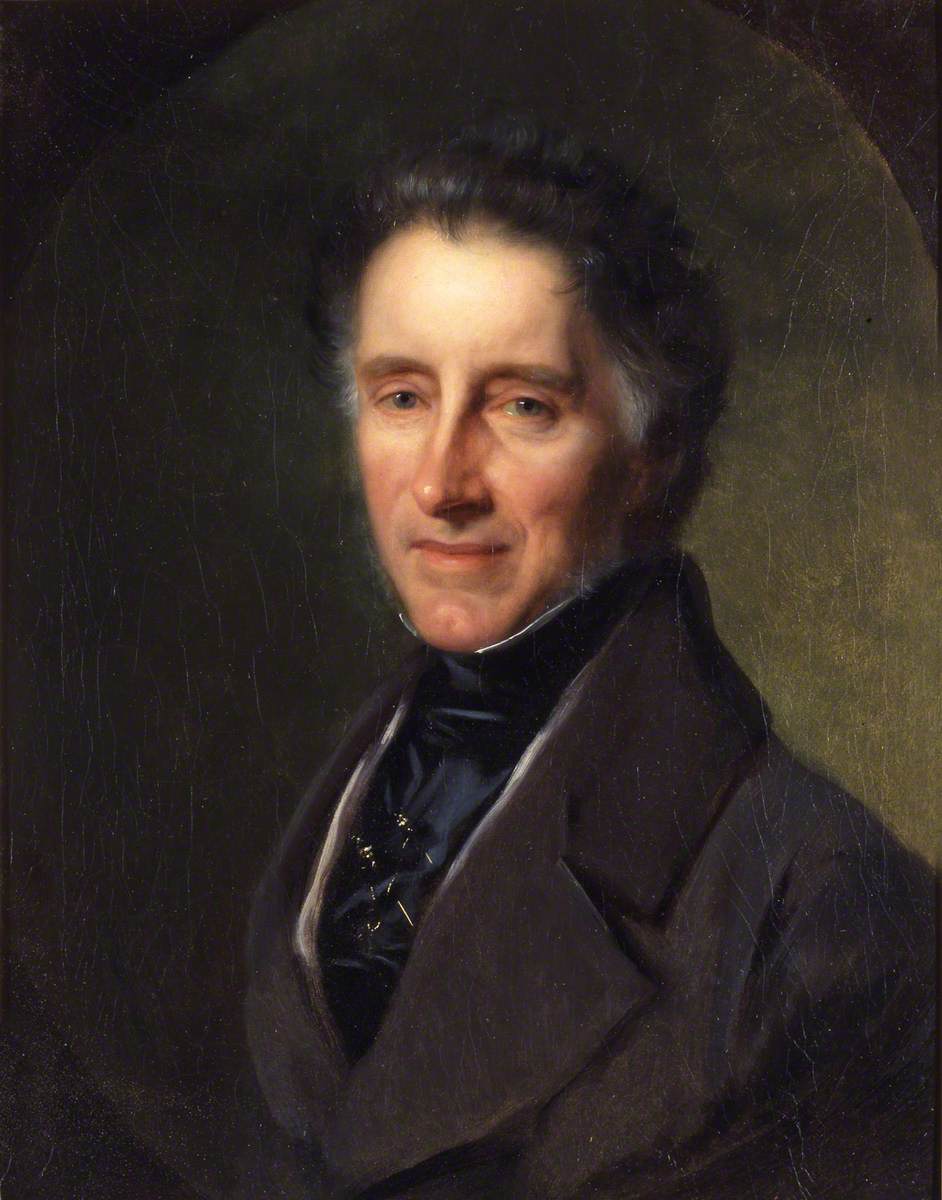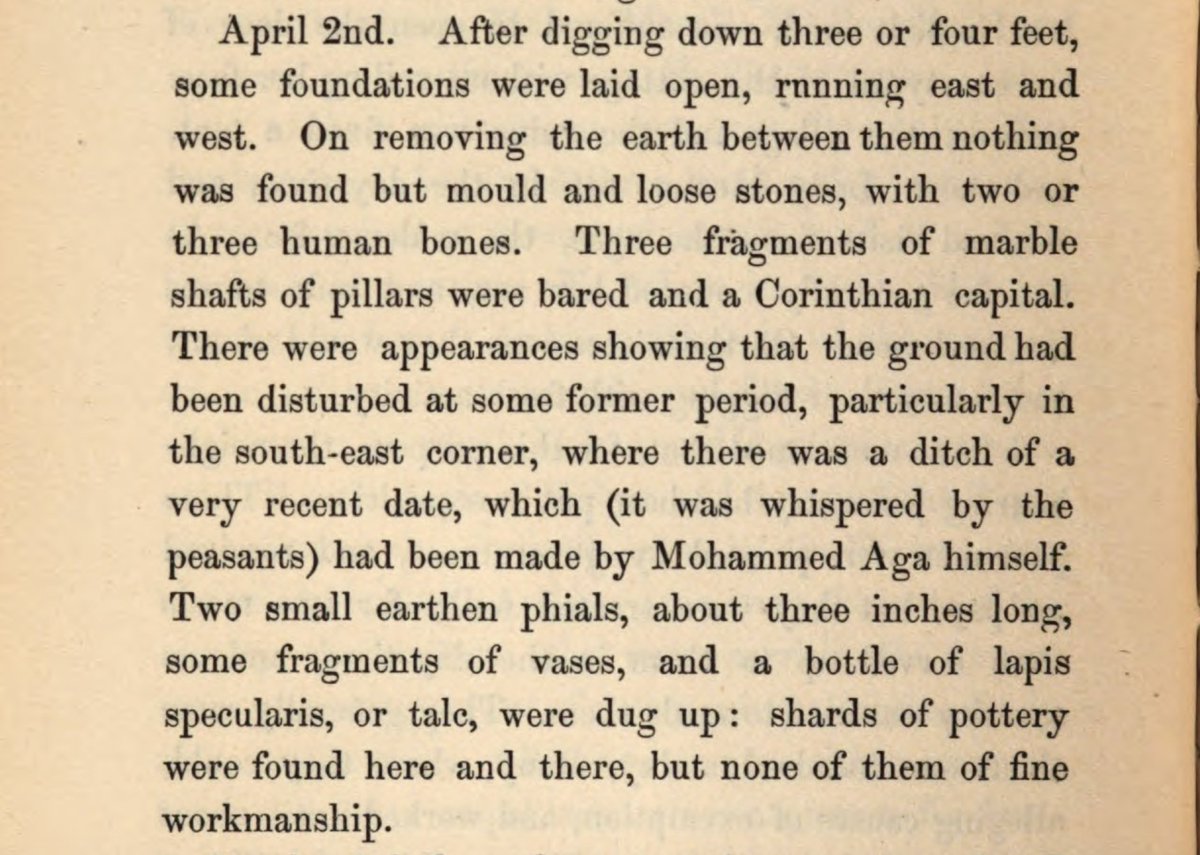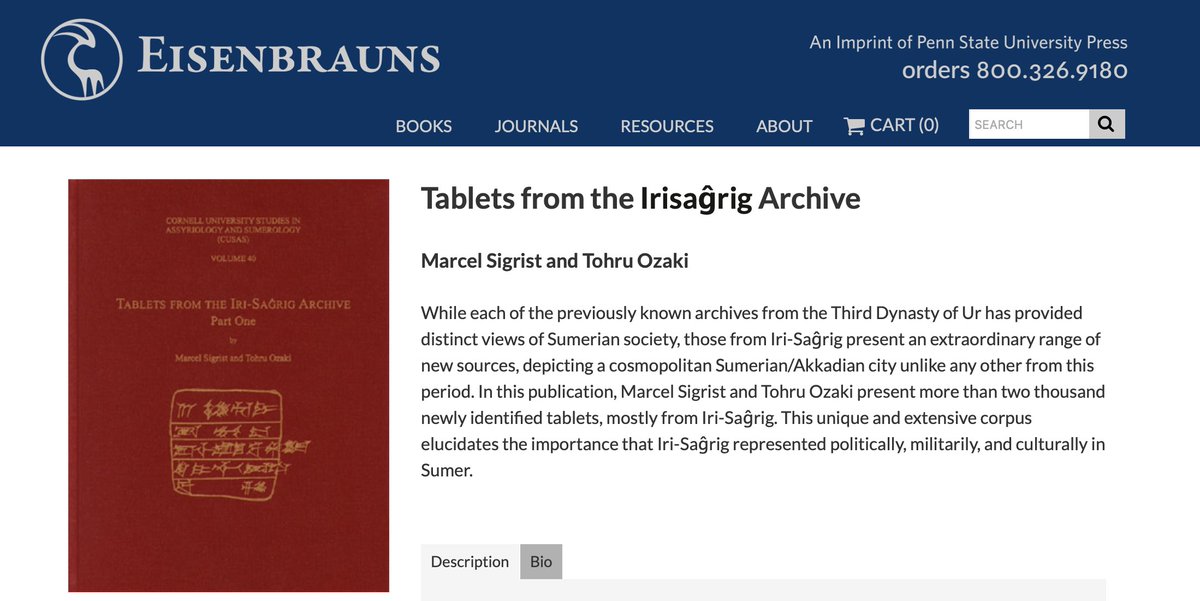What's the truth?
(Hint: It has almost nothing to do with archaeology)
theguardian.com/travel/2020/ma…
npg.org.uk/collections/se…

(Charles Lewis Meryon, painted by Arminius Mayer, c. 1846, Royal College of Physicians, London)
artuk.org/discover/artwo…

Stanhope's smashing of the statue was a progressive position!?
cojs.org/restoring_the_…

Example: modern writers sometimes say that Stanhope found evidence that the building was 1st a temple, then a church, and finally a mosque.
1. So many people have *no idea* what archaeologists do. People believe the goal is to make individual finds -- the most common question I've been asked is what's the best find I've made.
The point of archaeology is to learn how people lived in the past, not to treasure hunt.
(Thanks Indiana Jones)
We prove that ultra-privileged elite European women could exploit the region just like ultra-privileged elite European men!






















